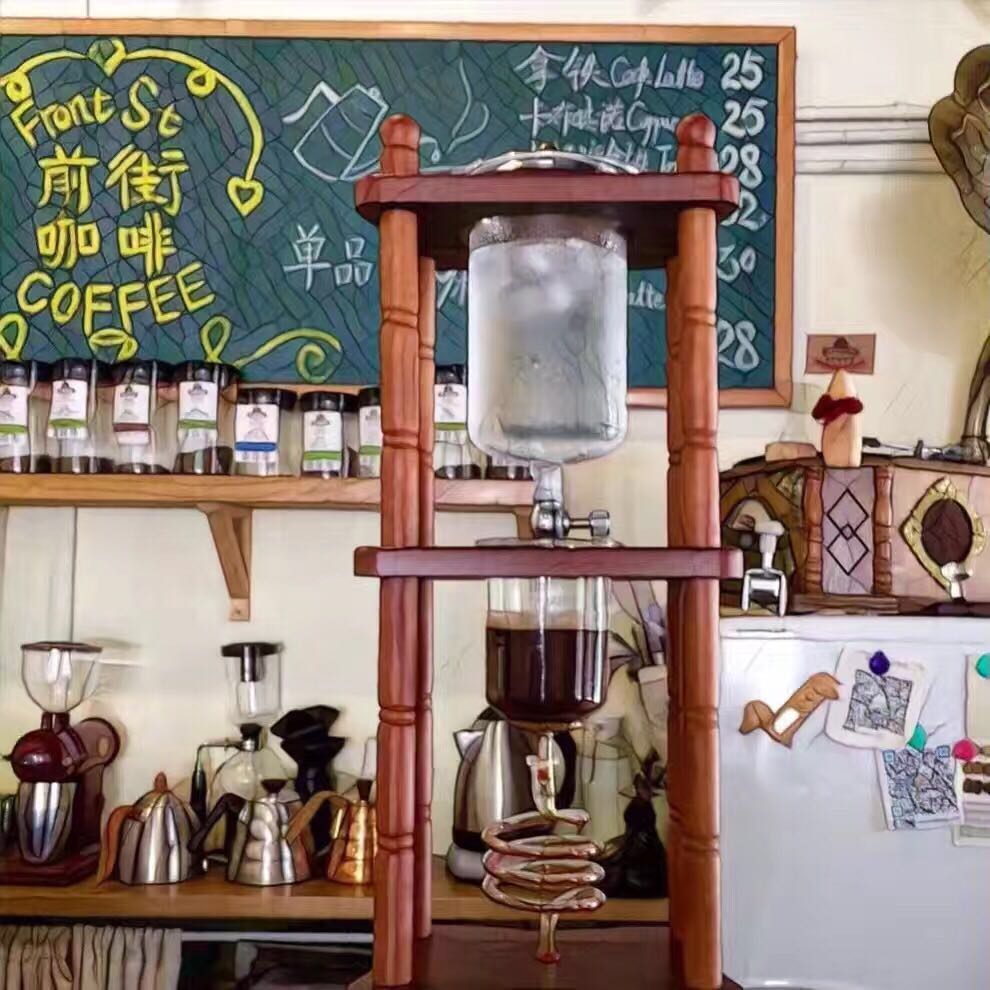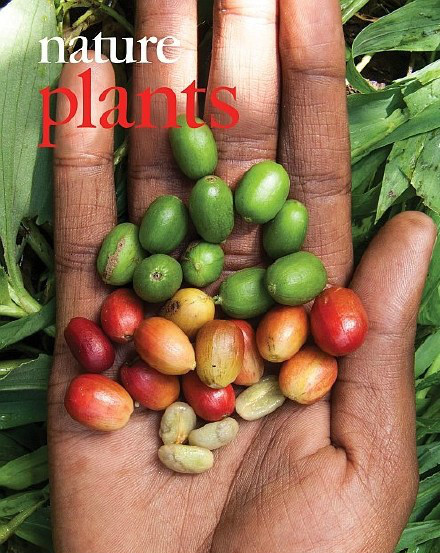Iced coffee, cold coffee, iced coffee, iced coffee
Ice drop Coffee: this is a kind of instrument, invented in the Netherlands, so it is also called the Dutch iced coffee maker. Now it is very popular in coffee. The method of use is to store ice in a water bottle, put moderately fine ground coffee powder at 1:10 in a coffee powder cup, adjust the flow rate to 7 drops every 10 seconds through a water drop regulating valve, and wait 8-12 hours. About 30000 drops are extracted to complete a pot of coffee, so many stores are limited products. The whole process of extraction below 5 degrees Celsius makes the caffeine content of this coffee on the low side. The reason why the quality of a real ice drop coffee is excellent is that the coffee beans are selected for low temperature, uniform speed and slow drip, the extracted coffee is clear and clear, the taste is fresh and mellow, the balance is smooth and the aftertaste is sweet, and the flavor essence of the coffee is incisively and vividly reflected.
Cold-extracted coffee: this is a method of extraction. Cold-extracted coffee has an ancient history. It is first mixed with cold water, refrigerated in the refrigerator and soaked for about 12 hours. Then separate the coffee liquid from the coffee powder, (or pressure, or flannel filter paper, etc., just separate the coffee liquid) and then enjoy it. This kind of coffee is more mellow because it is soaked for a long time, and it can also be preserved for a long time.
Iced hand coffee: this is also a method of extraction. Slow down the front and middle part of the coffee by hand at 1:8 and add 6 servings of ice. The flavor of coffee will be more obvious, which is very different from hot-hand brewing.
Iced coffee: use brewed coffee with ice. Or pre-made coffee, refrigerated. The caffeine content is the same as the coffee brewed in other ways. Of course, if there is an extreme freezer, the shallow roasted coffee after 2 hours of chilling will make the coffee friends extremely overjoyed.

Important Notice :
前街咖啡 FrontStreet Coffee has moved to new addredd:
FrontStreet Coffee Address: 315,Donghua East Road,GuangZhou
Tel:020 38364473
- Prev

The difference between wet treatment and wet planing, Sumatra's unique Wet-Hulling treatment.
Sumatran Coffee in July 2016, Ken Davids and I did a cup test of 27 Sumatran coffees, which opened up a whole new world of coffee flavor for me. I have been testing coffee cups for less than a year. Because of my background in food and wine writing, it should not be difficult to enter the coffee world. Of course, I need to accept the coffee cup test major.
- Next

Ethiopia-the birthplace of the famous Arabica coffee beans
Ethiopia is the birthplace of the famous Arabica coffee beans, and people have always maintained the tradition of harvesting wild coffee beans. The coffee garden at an altitude of more than 1500 meters has formed a unique coffee style after thousands of years of evolution and adaptation. Ethiopian coffee grown in the natural wild environment is called wilderness coffee, which retains the most primitive and natural taste of coffee beans.
Related
- Beginners will see the "Coffee pull flower" guide!
- What is the difference between ice blog purified milk and ordinary milk coffee?
- Why is the Philippines the largest producer of crops in Liberia?
- For coffee extraction, should the fine powder be retained?
- How does extracted espresso fill pressed powder? How much strength does it take to press the powder?
- How to make jasmine cold extract coffee? Is the jasmine + latte good?
- Will this little toy really make the coffee taste better? How does Lily Drip affect coffee extraction?
- Will the action of slapping the filter cup also affect coffee extraction?
- What's the difference between powder-to-water ratio and powder-to-liquid ratio?
- What is the Ethiopian local species? What does it have to do with Heirloom native species?

